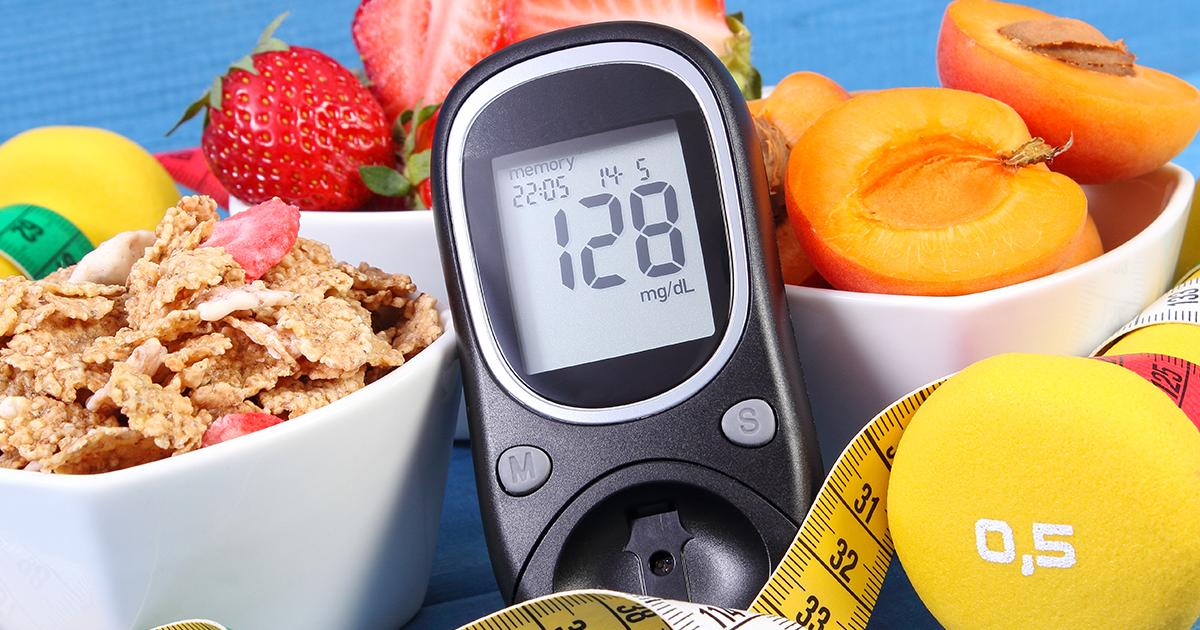Guide To Treating Fingernail Ridges
Fingernail ridges are horizontal or vertical lines that form on the nails. Patients may have ridges on just one fingernail, and ridges might be present on all of the fingernails. While fingernail ridges become more common as individuals age, some types of ridges are associated with health problems. For example, vertical ridges could indicate a patient is deficient in iron, folic acid, or protein, and these ridges might signal anemia. Horizontal ridges are considered more serious, and these may be associated with diabetes, thyroid issues, and problems with the liver or kidneys. Patients with cancer or who are undergoing chemotherapy could also develop horizontal fingernail ridges. To evaluate nail ridges, the doctor will do a visual inspection and ask the patient about their symptoms. Blood tests are necessary to measure kidney, liver, and thyroid function, and these tests can also help identify vitamin and mineral deficiencies.Some of the most common treatments for fingernail ridges are outlined below.
Take Vitamin Supplements

Patients who have fingernail ridges caused by iron deficiency anemia or by deficiencies in folic acid or other nutrients are typically advised to take vitamin supplements as the first line of treatment. Doctors may recommend that patients use a particular type of over-the-counter supplement, and high doses of some vitamins and minerals might be provided as a prescription. Individuals treating their fingernail ridges with vitamin supplements may be asked to have follow-up appointments for blood tests. Repeat blood tests allow doctors to monitor the patient's nutrient levels and determine when these values have returned to the normal range. In addition to supplements, patients might wish to obtain some of their vitamins and minerals through food. Nutritionists and clinicians can recommend foods that are good sources of the specific nutrients in which the patient is deficient. For example, patients deficient in iron could choose to add a fortified cereal to their diet, and individuals deficient in protein may wish to include more soy and green vegetables in their daily intake. Patients taking supplements should never exceed the recommended dose, and they should ask their doctor about potential side effects from supplements before using these.
Keep reading to learn more about treating fingernail ridges now.
Control Blood Sugar

Some types of horizontal fingernail ridges are associated with diabetes. Patients who notice fingernail ridges might want to have their blood glucose readings checked. To prevent and treat diabetes, it is crucial that patients control blood sugar levels and keep these within the range their doctor recommends. Eating a diet rich in fruits, vegetables, and whole grains helps many diabetes patients achieve better blood sugar control, and avoiding fried food, added sugar, and fast food is especially important. Patients should check their blood sugar at home every day, and doctors might need to do periodic glucose testing at a clinic too. Oral medications, injections, and insulin may be considered for diabetes patients who struggle with blood sugar control. Some patients have noticed a reduction in fingernail ridges when their blood glucose is well controlled. Patients with diabetes will normally be treated by an endocrinologist, and they may also see nutritionists as well.
Discover additional treatments for fingernail ridges now.
